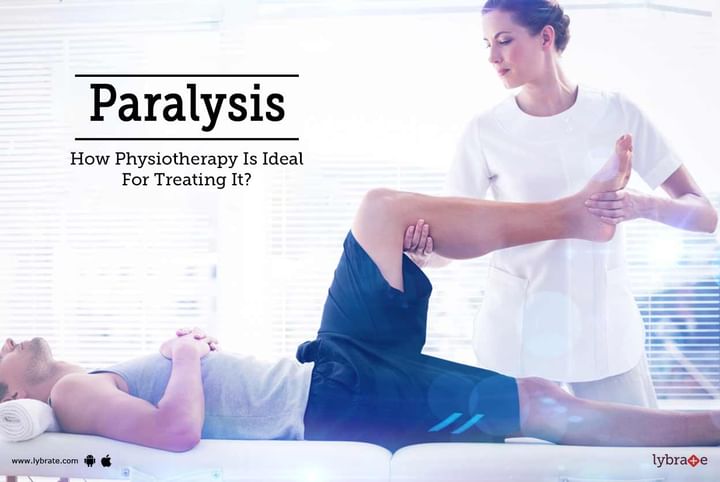Paralysis - How Physiotherapy Is Ideal For Treating It?
Physiotherapy can greatly help a patient of paralysis by making him/her independent to the maximum extent. Physiotherapy also plays an important role in negating potential complications after a paralysis. Although the process of rehabilitation can take time, it produces significantly encouraging result for a patient to continue with it until full recovery. The recovery depends on the type of paralysis a person has undergone. Notably, there are four types of paralysis:
-
Quadriplegia
-
Paraplegia
Role of Physiotherapy-
The process of physiotherapy should resume as soon as the patient is stabilized. It not only helps in relaxing muscles, but also helps in smooth blood circulation. Long-term therapy can ensure muscle tone and overall well-being of an individual.
In the case of an external injury related to the brain, physiotherapy can speed up the recovery and reduce swelling to a significant extent. Some of the benefits are-
-
Physiotherapy can help a person regain the highest possible mobility.
-
Physiotherapy can increase the respiratory function of a person.
-
It helps the person in bringing down blood pressure and contracture.
-
A physiotherapist also focuses on unaffected area and works on them to ensure that the unaffected part of the body, in no way, loses mobility and retains the natural strength.
-
Physiotherapy also helps to manage a paralyzed bladder.
-
A physiotherapist suggests proper wheelchair, splint, braces, orthosis etc. These help a person to reintegrate quickly after the paralysis.
-
Physiotherapy lifts the morale and motivation of a patient by addressing post-traumatic experiences such as denial, anxiety, hostility, depression and anger.
-
It also serves as a perfect guide for the family of the patient.
Exercises that a Physiotherapist Suggests-
-
Aerobic Exercise: This is a set of physical exercises that lets the muscle tissues exchange oxygen at a rapid rate. The goal is to enhance the function of the motor neuron and the aerobic capacity of a patient. Support straps and gain belts might be required for a patient to stand on feet. A handrail helps to walk during this phase.
-
Physical Conditioning: Balance, stability, and coordination is the motive of any physical program for a paralyzed individual. Passive or active motion exercises help an individual to regain function of the limbs. Passive exercise also helps to regain strength. A physiotherapist rotates the thumb of a patient in such a way that the back of his hand faces forward.
- Leg Rotations: One common exercise that is tried by a physiotherapist is to make the patient lie down on a mat with his/her legs straightened. Supporting the knee joint and the ankle, the right leg is moved outward and pulled backward. This is again repeated with the other leg.



+1.svg)
